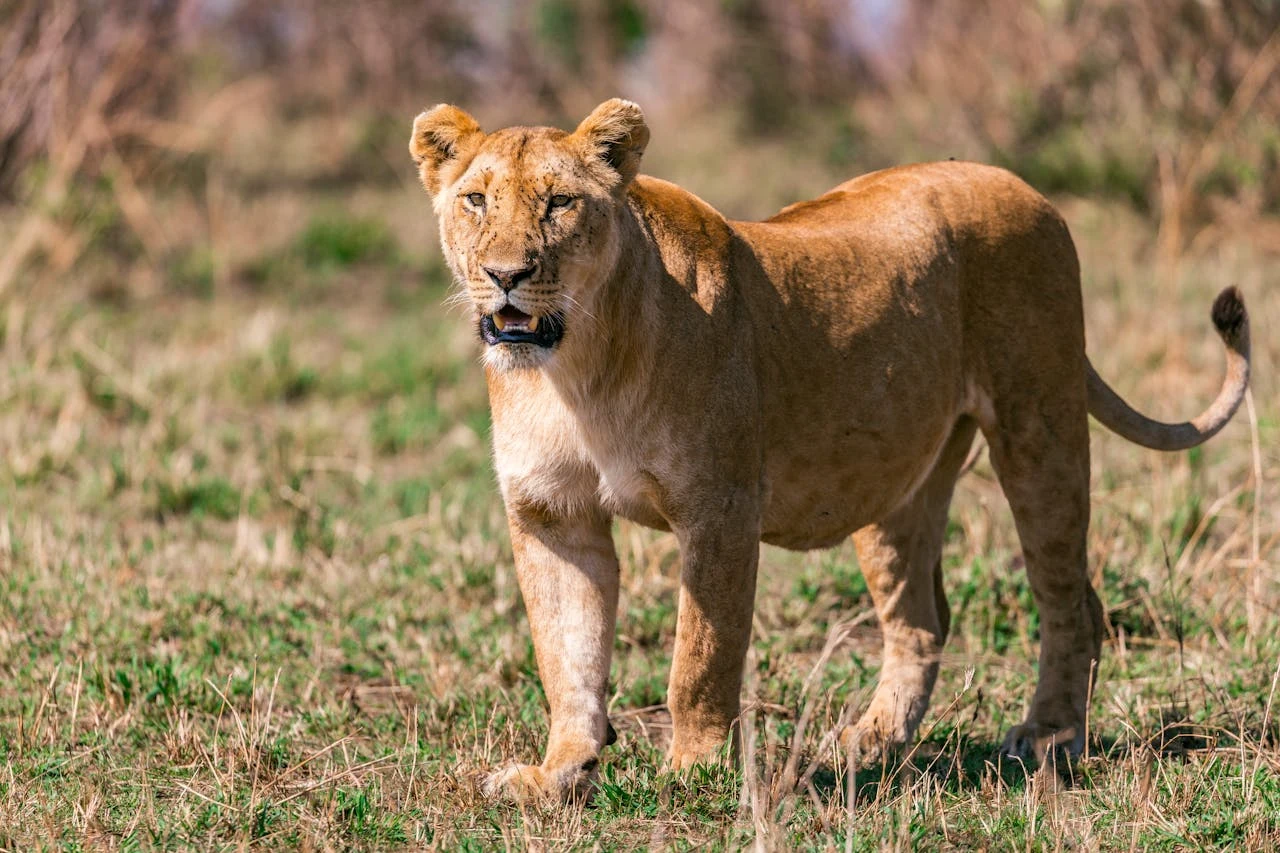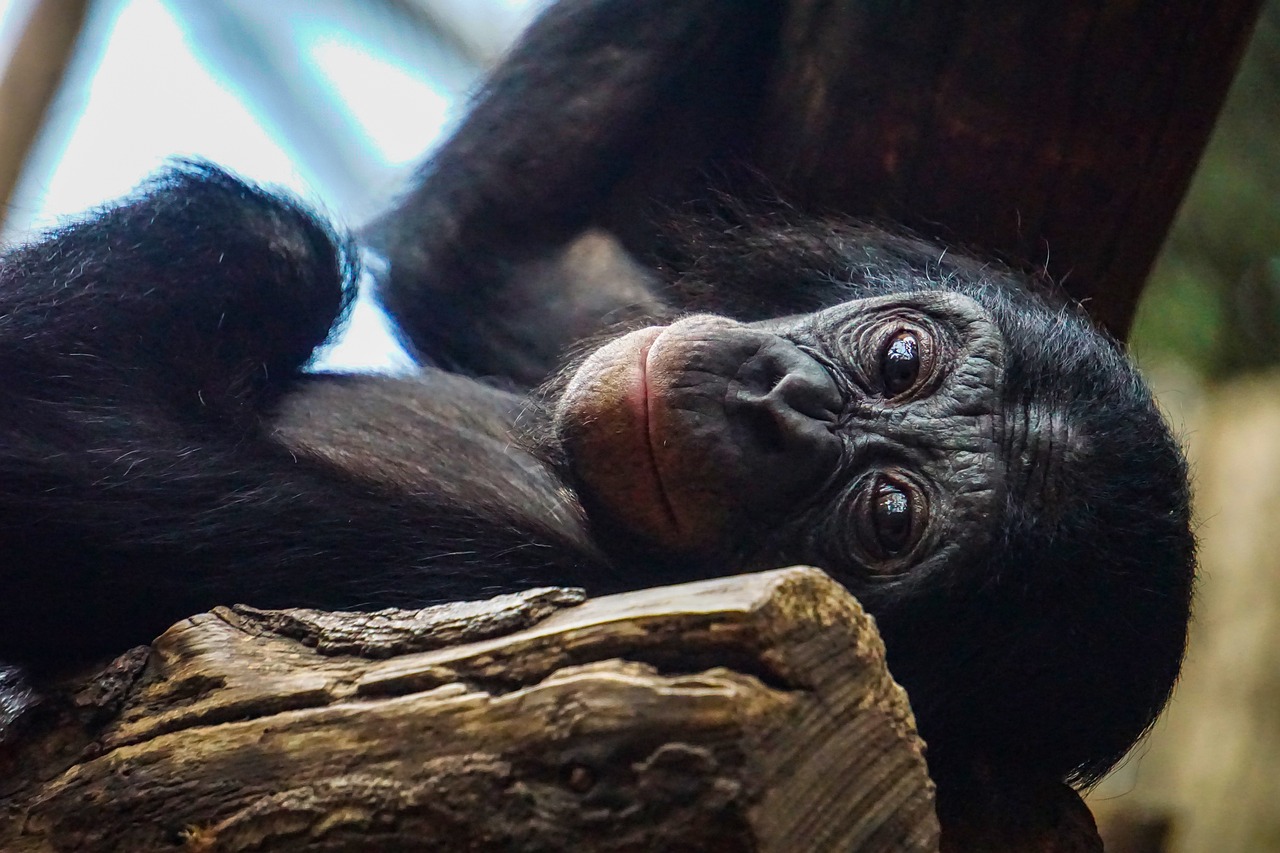The Wildebeest Migration
The annual great migration comprises more than 2 million wildebeest, zebras, and gazelles traveling an 800 km/500 mi loop across the savannah of the Mara-Serengeti ecosystem. Most of the migration takes place in the Serengeti, which is far larger than Kenya’s Masai Mara National Reserve.
Wildlife in Serengeti National Park
The Serengeti supports an incredible abundance and diversity of wildlife, from the Big Five (although black rhinos are rarely seen) to giraffes, cheetahs, spotted hyenas, black-backed jackals, warthogs, and a huge variety of antelope. The Grumeti and Mara Rivers are home to grunting hippos and gigantic prehistoric-looking crocs, known for their feeding frenzy during the annual wildebeest river crossings. Serengeti National Park offers what many consider the essence of an African safari. Massive animal herds march across the wide-open savannah as far as you can see, while predators never fail to add drama to this idyllic scene. You won’t need to drive far to spot lions. Cheetahs are common too. Imagine seeing the world’s fastest land animal in full sprint. Leopards are secretive, but you might find one lazing in one of the big trees along the Seronera River.
The Serengeti is famed for its annual wildebeest migration, when some 8 million hooves cross the open plains. More than 1,500,000 wildebeests, 200,000 zebras, and 300,000 Thomson’s gazelles join the trek for fresh grazing grounds. Predators follow the migration, and sightings of big cats hunting are particularly exciting. Spotted hyenas, golden jackals, and black-backed jackals are never far off either.
The Best Time for Wildlife Viewing
The Serengeti offers amazing wildlife viewing throughout the year. June and July are great months for seeing the migration and a possible crossing of the Grumeti River. The more famous river crossings of the Mara River can be witnessed around August and September in the north of the park. January to February is the best time for wildebeest calving.


